Book a trip to Malta and you can expect much more than a standard beach holiday. The country offers an almost incredible mix of culture, natural beauty and Mediterranean charm – and this on an island the size of a handkerchief. Trot Op! went for a visit and came back with ten extraordinary highlights of Malta.
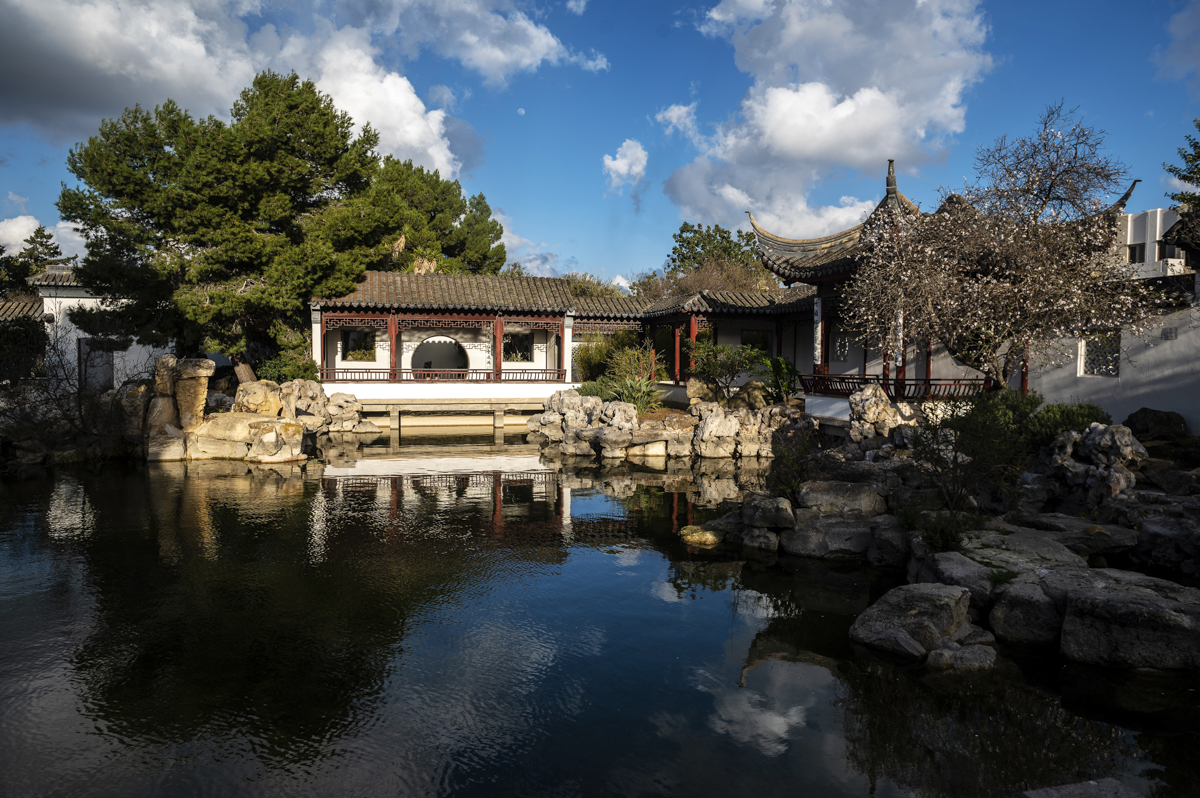
Up for a thrilling foreign adventure without getting off your ass for more than 500 yards at a time? Ready your suitcase and fly to Malta post haste. This pretty little country on a sun-bleached rock under Sicily is a place you rarely hear about – unless of course the Eurovision Song Contest starts pumping its sounds of social collapse into the ether again. This is weird, because Malta offers a ridiculous amount of things to experience. The islands (Gozo and Comino fall under the Maltese flag as well) are located right in the centre of the Mediterranean Sea. This makes them – to military strategists at least – about as irresistible as the last tissue on a snot party. As a result, the island had to deal with a motley collection of conquerors throughout the ages, which eventually led to a mix of different European and Arab influences that recur in the architecture, the cuisine and the unintelligible gibberish they call the Maltese language. The story of Malta starts way before this time though. More than a thousand years before those lazy bums in Giza started building their pyramids, huge megalithic temples already stood proud in Malta, constructed with fifty-ton stones. Now that’s a job right there.
Visit Malta: 10 extraordinary places you should not miss
For an island of just over a hundred square miles, Malta offers an amazing and varied mix of culture, history and – occasionally – true natural beauty. At the same time, Malta is also a country of strange contrasts. Many people here are quite conservative and religious. More than 350 churches were built here (more than three per square mile) and divorce was only legalised in 2011 – locally also known as the year of moral desecration. Walk around in busy Paceville, Saint Julian’s or Sliema though and you won’t notice this at all. In recent decades a large, diverse and open-minded expat community settled in the coastal towns, which resulted in two different worlds living next to each other in the same place. One of those expats happens to be my very own brother, so I’ve been visiting quite regularly. Which is why for this piece I decided to take a look at some of Malta’s more peculiar sights – after of course revisiting some of the major attractions for the firstimers among you. Ten tips, all for free: use them to your heart’s content.
1. Gozo: brief overview of a little brother


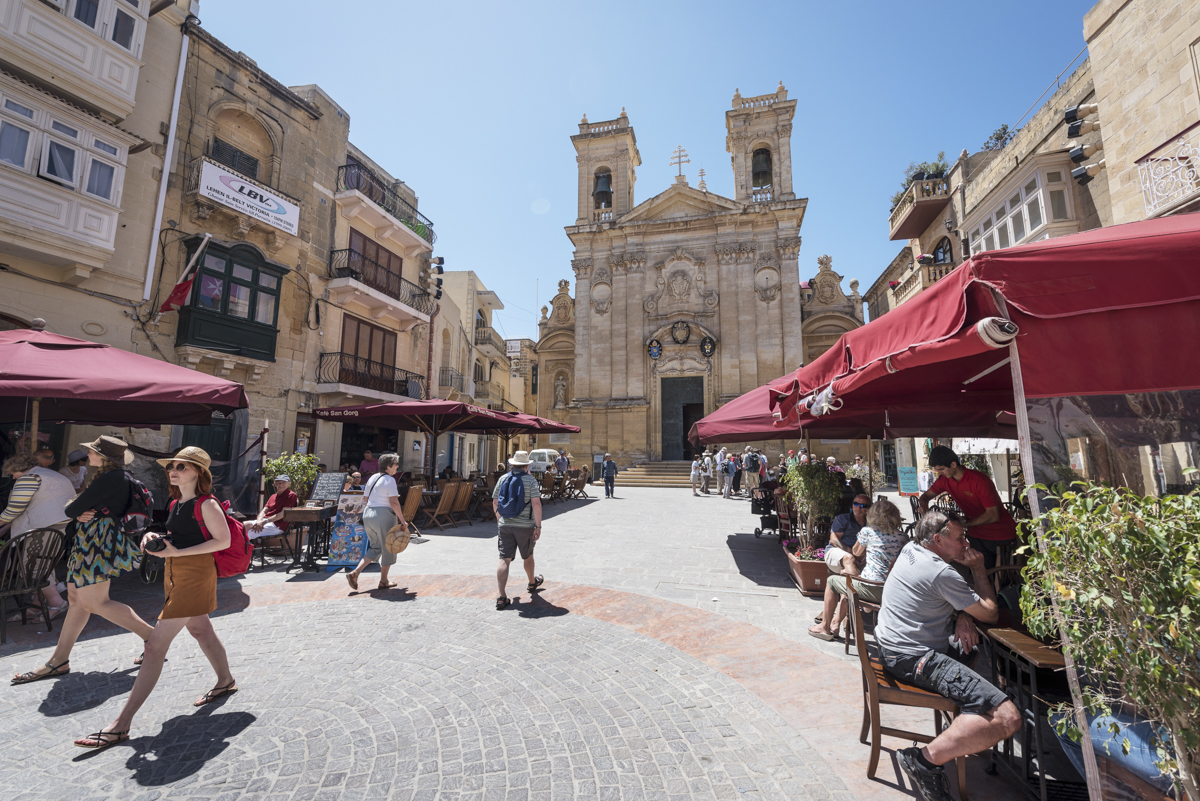
Gozo can be reached by ferry from Malta in less than half an hour, and is basically a glimpse at the recent past. Whoever sets foot here ends up in quite a different world from the bigger island. There are hardly any high-rise buildings, it’s much quieter and the people are a tad more traditional still. Gozo is what Malta looked like fifty years ago, before mass tourism reared its head (although lots of building projects started popping up in recent years). Capital Rabat is essentially a little town of barely 7,000 inhabitants, but is more than worth a visit because of its winding streets, its many beautiful churches and the impressive citadel towering above it all. Most tourists in Gozo are day trippers from Malta, and in the past they all beelined straight to Dwejra without exception. There the Azure Window, an almost otherworldly rock formation, was braving the surf. Looks familiar, doesn’t it? That’s because it was the backdrop for Daenerys Targaryen’s wedding to Khal Drogo in the first season of Game of Thrones (back when it was still good). Anyone who wants to go and take a look today is out of luck. The whole thing collapsed back into the sea in 2017, and with that, Gozo’s biggest tourist draw was finished. No need to cry though: the Azure Window might be gone, but the Blue Hole is still there: a 80 foot underwater shaft connected to the sea. Divers know where to go. You might even spot a piece or two of the former window.
2. Valletta: the world’s smallest metropolis
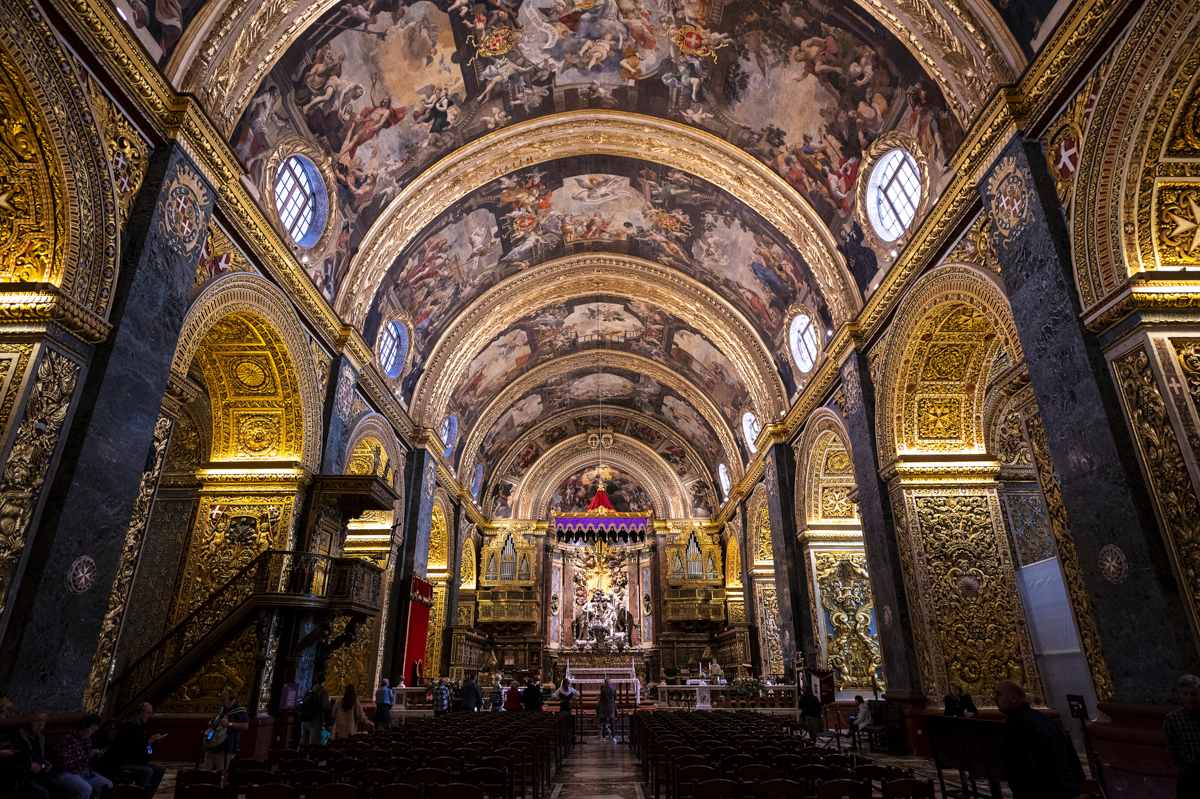
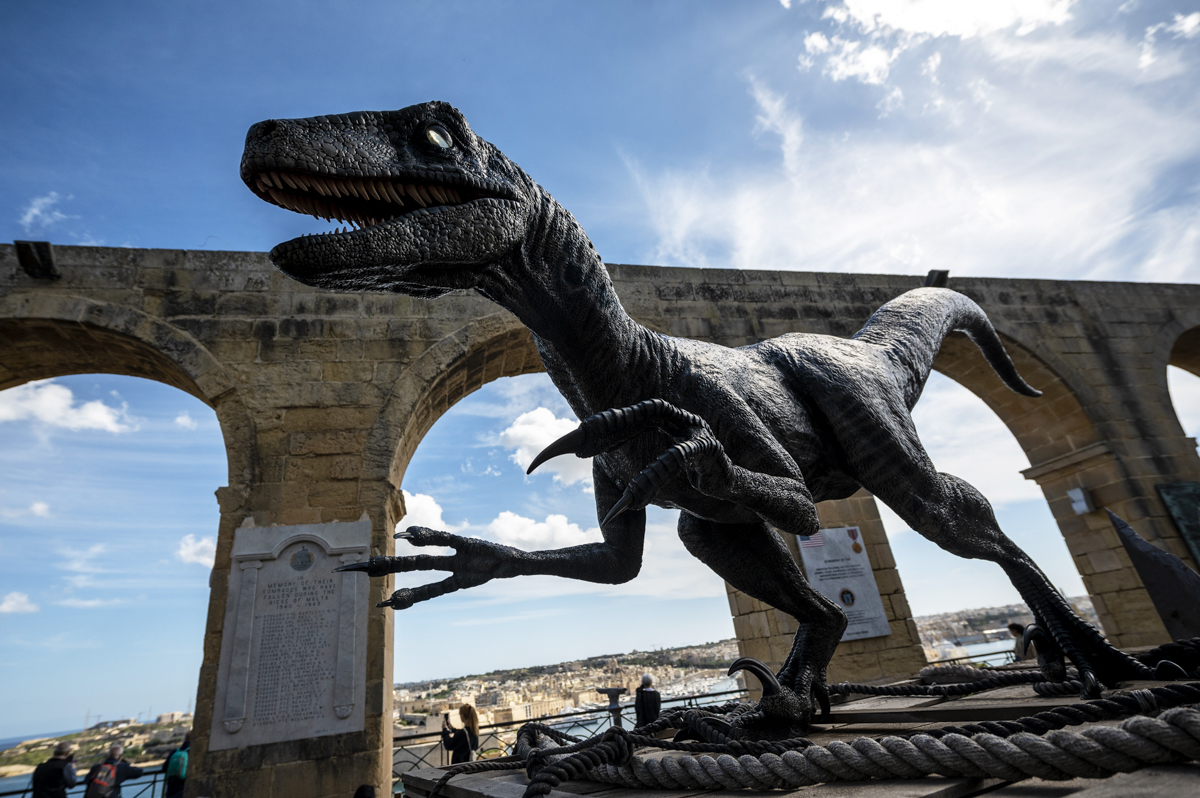

Malta might be the size of a pebble; it sure comes with a couple of fantastic cities. First and foremost: the capital Valletta. Founded by the Order of Malta (a group of knights hospitallers originated in Jerusalem) in the 16th century, it’s a peculiar place. Barely 5,000 people live within its walls, the center measures a just kilometer by six hundred meters, and yet you have the feeling you’re walking through a big city. This is mainly due to the impressive baroque architecture all around. The place is full of palazzos and churches, every street leads to the sea and in the smaller side alleys numerous bars and restaurants are hidden. St. John’s Cathedral is one of the most bombastically decorated churches I’ve ever seen (check out the Caravaggio painting and the marble skeletons worked into the floor tiles) and from the Upper Barrakka Gardens you have a fantastic view over one of the largest natural harbours in Europe. They even put a raptor from the latest Jurassic World on the vantage point – part of the movie was filmed here. The best view of Valletta’s skyline you’ll get from Tigné Point in nearby Sliema across the bay.
3. Rolling Geeks Malta: explore the three cities in an Antwerp golf cart
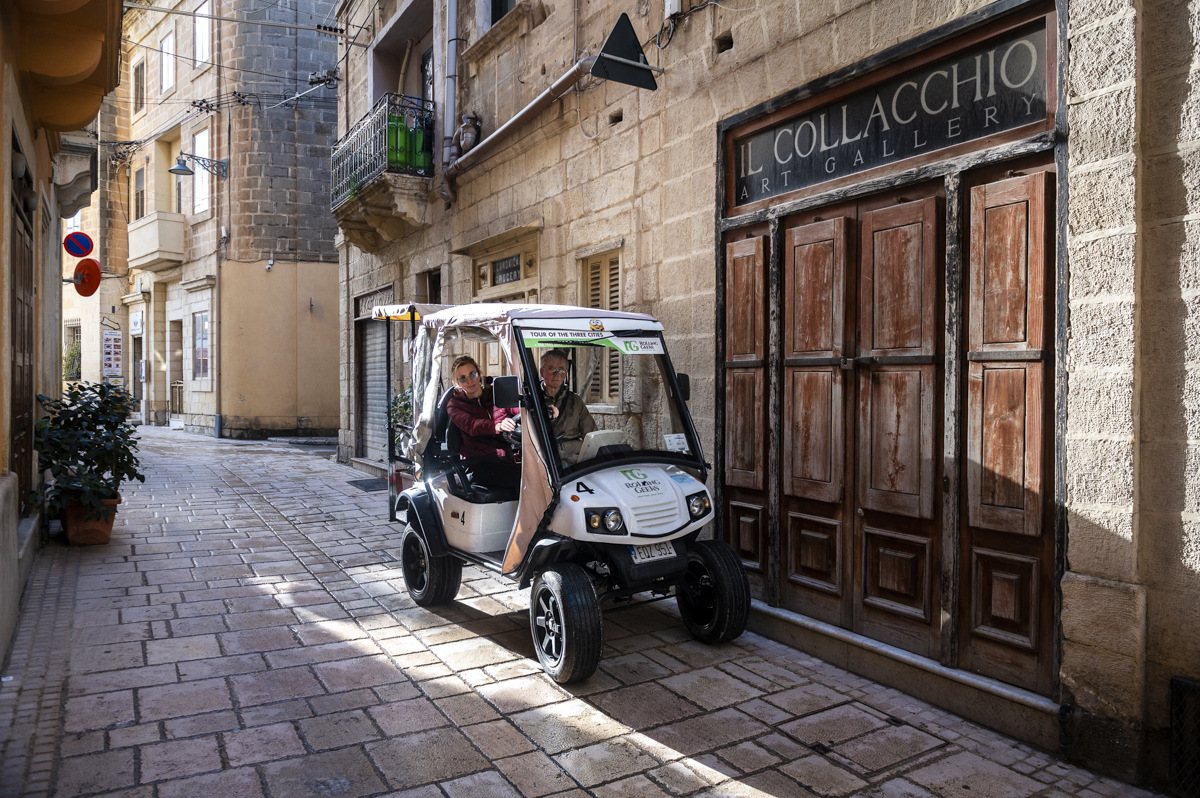
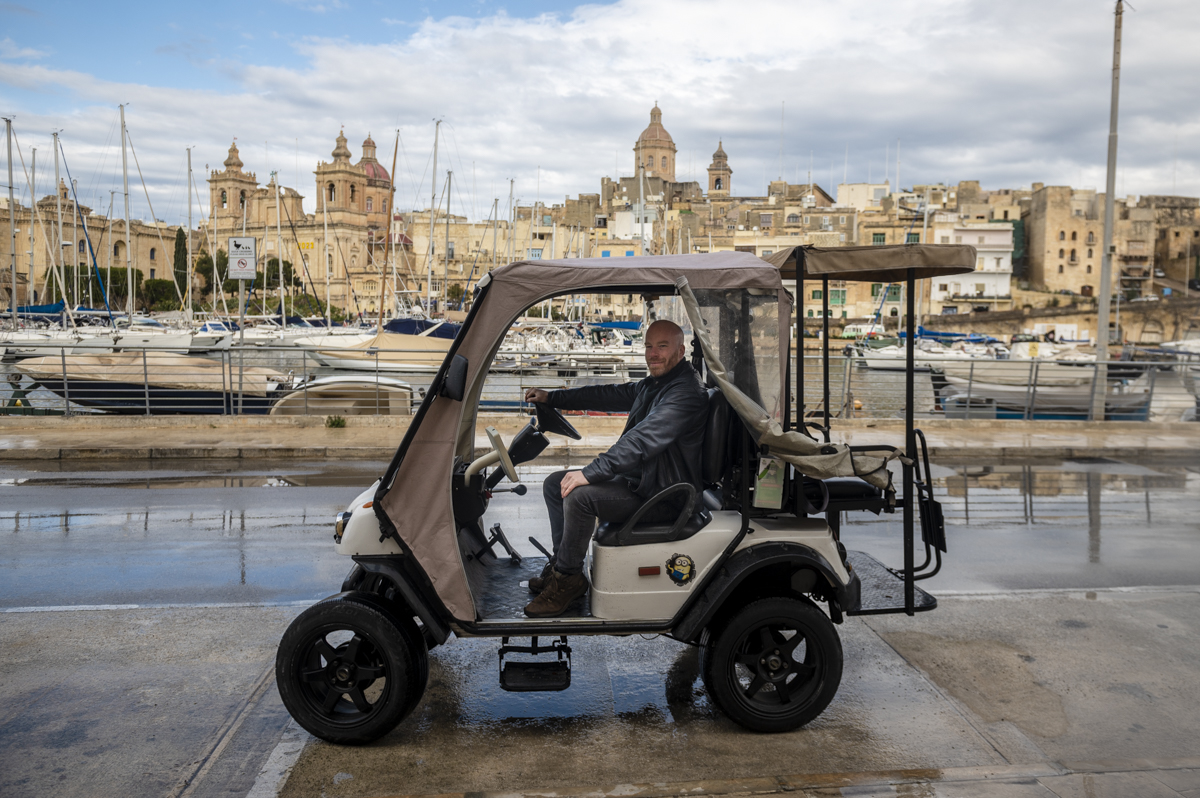
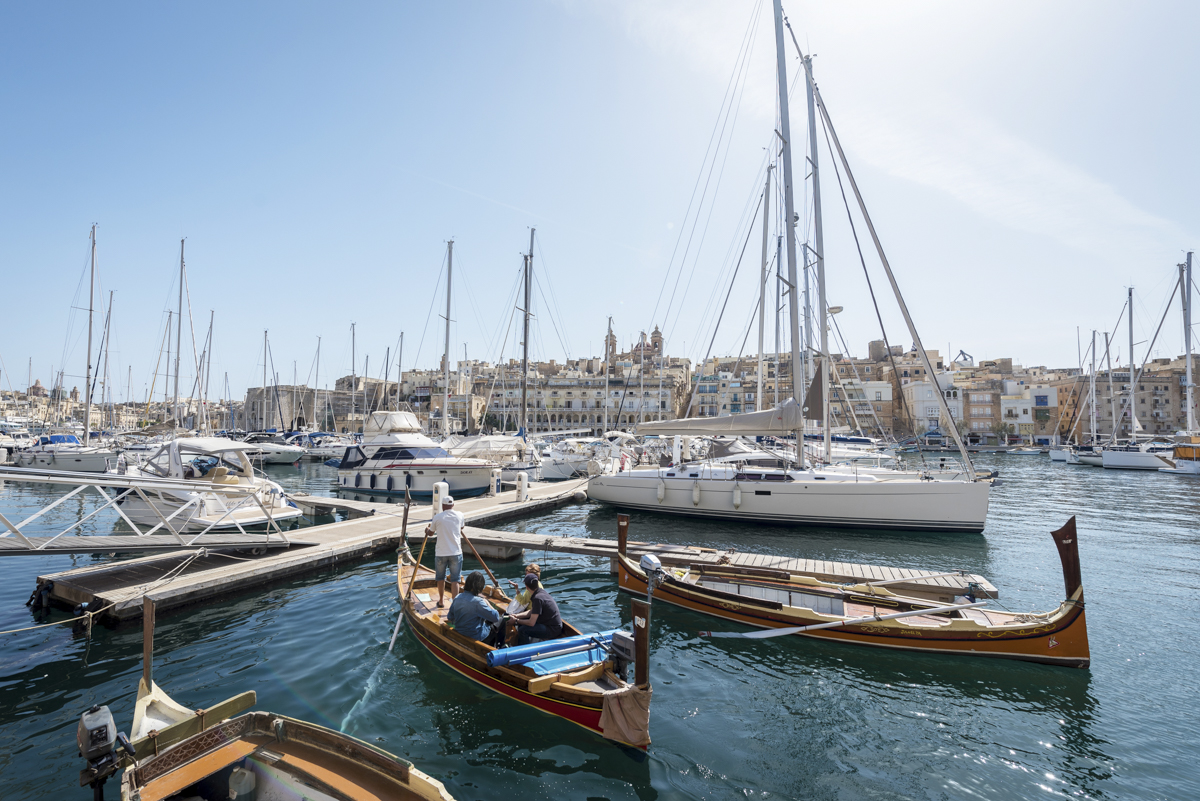
On the other side of Valletta you’ll find another beautiful piece of Malta. Cospicua, Senglea and Vittoriosa are three fortified cities where the Maltese Order first settled before moving their capital across the water. Here you’ll see everything that makes Valletta attractive, but with less tourists crowding the place up: winding alleys, picturesque limestone facades and cosy bars. If you want to explore everything in a slightly more unique way, you can rent a Rolling Geek. These are modified golf carts guiding you around by GPS, explaining each highlight as you pass it. The company belongs to Kris Rycken, a jolly Antwerper who narrates the Dutch version of the guided tour himself. His juicy accent will keep you connected to the world’s greatest city, even way down in the Mediterranean. The tour leads you past various viewpoints, the Inquisitor’s Palace and the Maritime Museum, and finally through Vittoriosa’s atmospheric little alleys. Very nice experience, but try avoiding rush hour. Otherwise, you’ll be stressing out between commuters like me. www.rolling-geeks.com
4. Mdina: a visit to King’s Landing

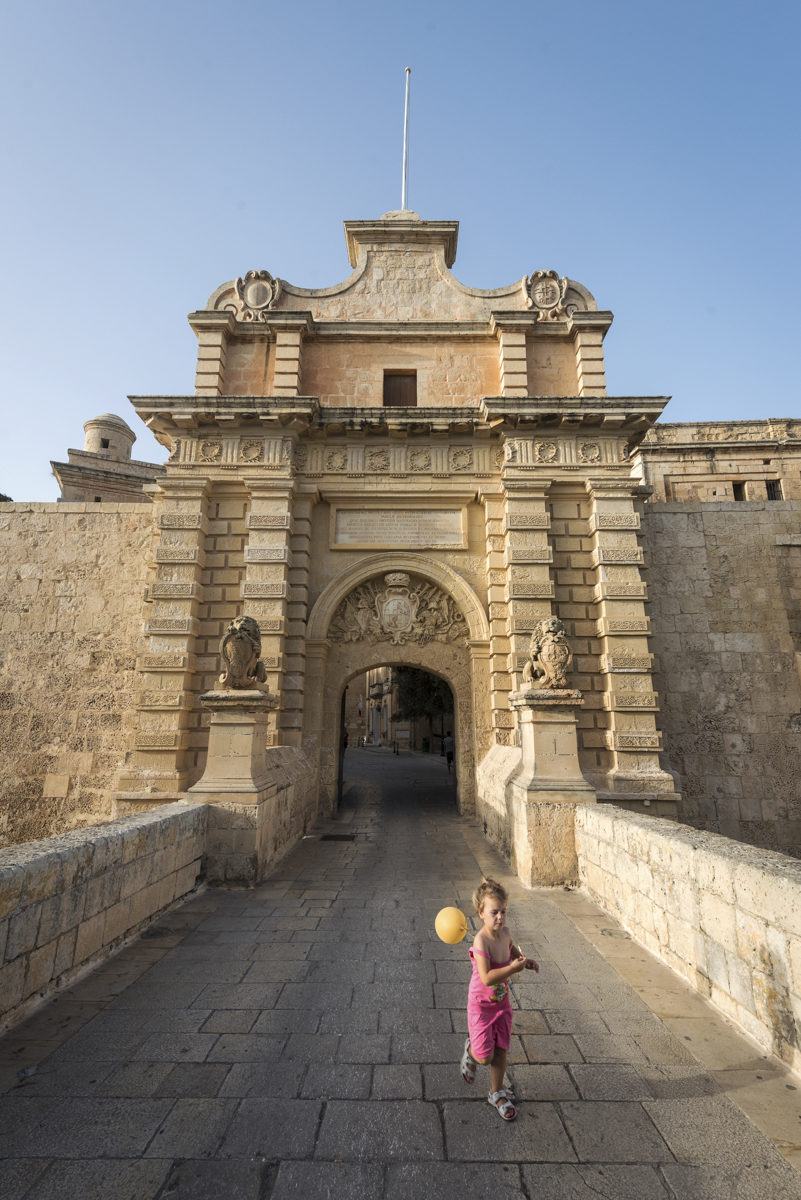

Mdina is a much older city in Malta’s interior. It’s picturesquely draped over a hill and was the capital of the island until the Middle Ages. Today, only 300 people live within the walls – the nickname Silent City didn’t come out of the blue – and these are mainly members of old families who’ve lived in the same city palaces for generations. These are connected by a network of deliberately winding streets, so that no invaders could see beyond a bow shot. Mdina is a very attractive town to discover, especially in the evening. It’s one of the world’s best preserved medieval cities. The entrance gate is monumental, and will probably feel quite familiar. Several Game of Thrones scenes were shot here too, as Mdina – together with Croatia’s Dubrovnik – served as the backdrop for King’s Landing. The Lannisters send their regards.
*Fort Manoel, opposite Valletta, was used for the beheading scene of a not insignificant character in the series first season. People who want to relive their favourite TV trauma can put on their schedule.
5. Nature in Malta: hiking the sea cliffs
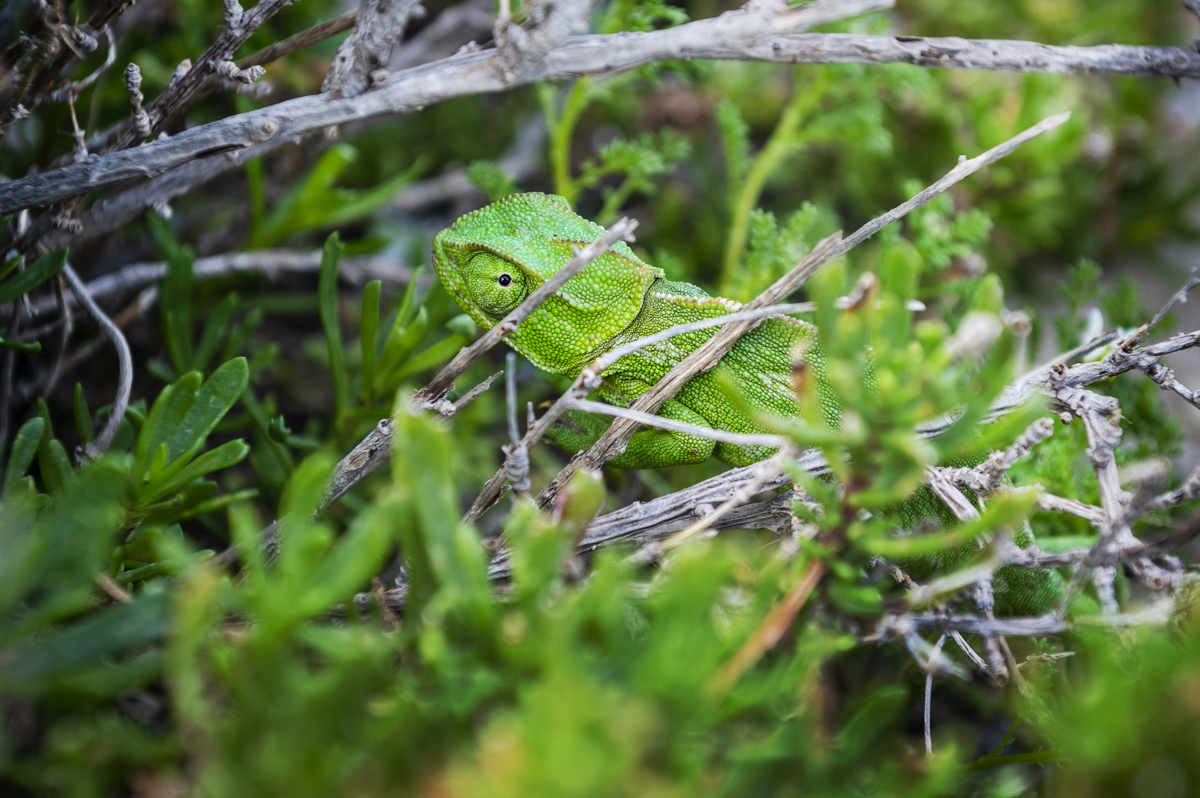

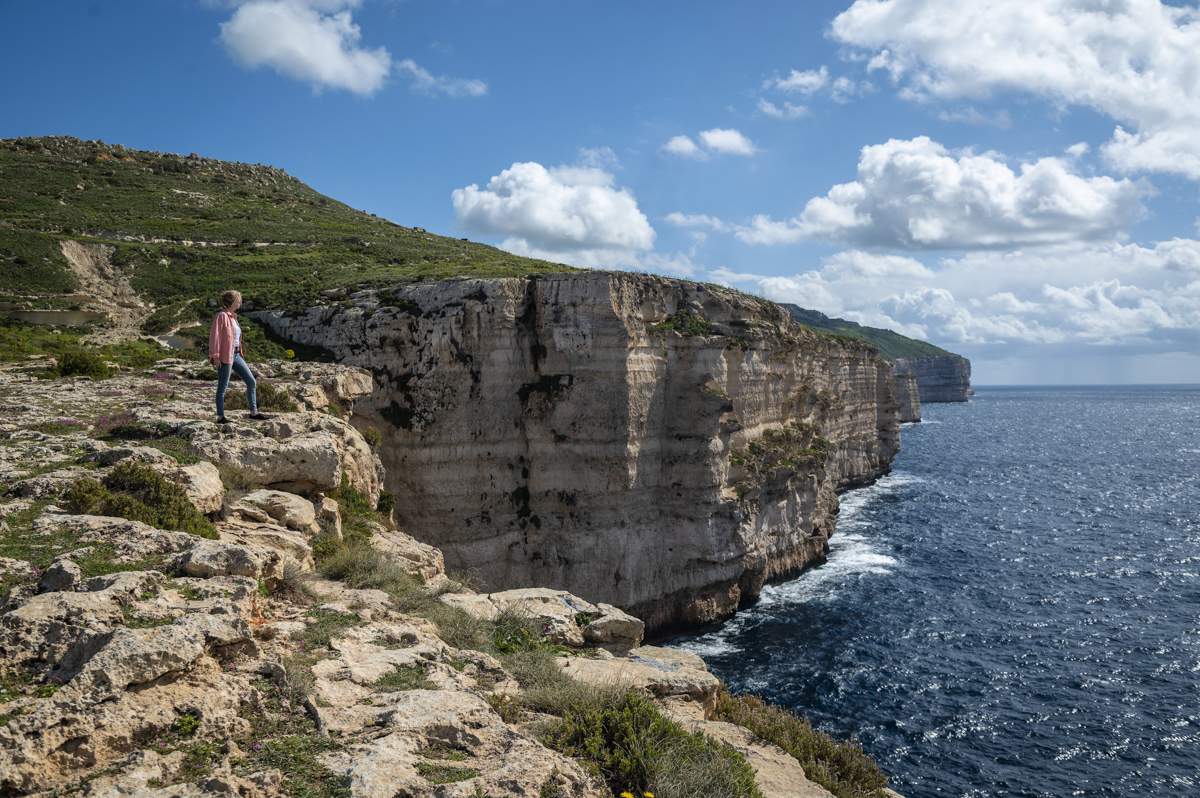
Malta has just about 500,000 inhabitants. This doesn’t sound like an insurmountable large number, but for two islands of just over a hundred square miles, it most certainly is. Malta even made it to the top ten of the world’s most densely populated countries (just ahead of Bangladesh). Fortunately, this doesn’t mean you can’t go and find some quiet places here and there. The island’s interior is much less touristy, and the coastline boasts a lot of spectacular cliffs where sometimes you’ll be all by your lonesome. We were there early March. Everything was covered in little flowers and we even spotted a little stray chameleon near one of the cliffs – these guys were released here in the 19th century and are apparently doing well. We drove down the northwest coast and in one day visited the cliffs at Ras id-Dawwara (deserted), the Dingli Cliffs (semi-deserted) and the Blue Grotto (quite a lot of people). This made for a very pleasant afternoon. Only had a single flat tire too – nice.
6. White Rocks: street art in an abandoned hotel complex
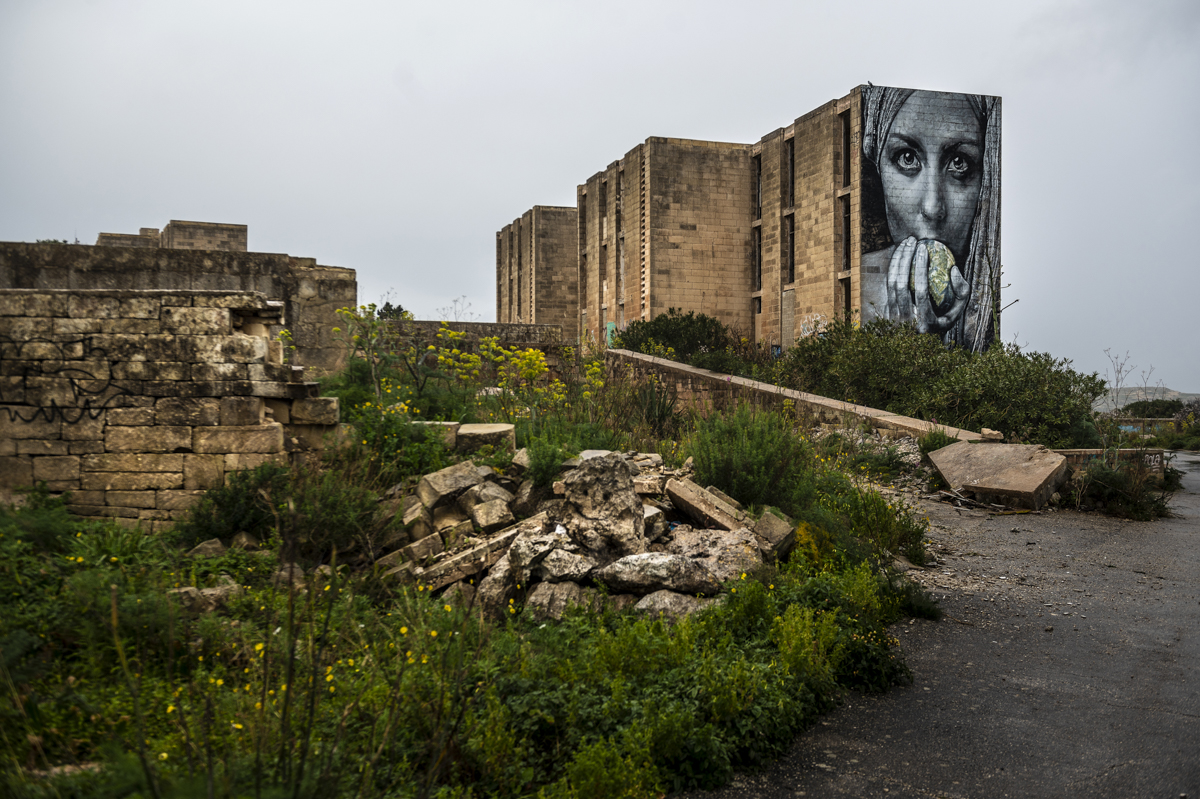

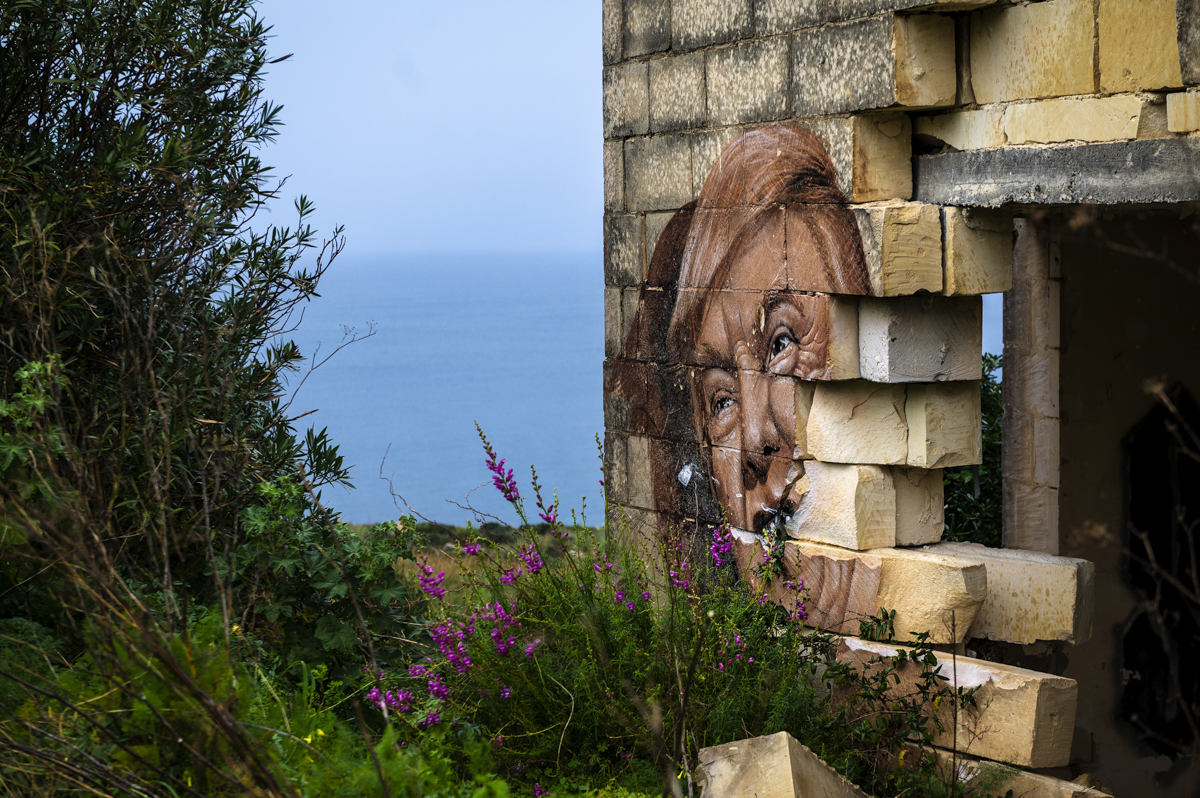
The White Rocks complex at Pembroke – on a beautiful location overlooking the sea – was built in the sixties by the British army to house their soldiers. When the Brits left in the late seventies, the buildings were turned into a hotel, which was abandoned in the nineties. Ever since, the buildings stood empty and crumbling. There were some half-hearted attempts to give the place a new purpose, but due to all kinds of disputes this never happened. Because – according to my very anonymous source who moved to Malta 12 years ago – clandestine parties were held here and the whole thing became a refuge for squatters and vagrants, most of the buildings are now sealed. Throughout the years, White Rocks became a canvas for street artists. Hundreds of works were sprayed on the walls, including two impressive murals a few stories high. When I came to take a look, I was all by myself. This further reinforced the feeling of abandonment and past glory. Recommended for every urbex fan. Try not to step on any needles.
7. The Chinese Garden of Serenity: a bit of Shanghai in Malta

In Santa Luċija – on the way from Valletta to the airport – there’s a real Chinese garden to be found. The Chinese Garden of Serenity was created in 1996 as a gift from the Chinese government – reason unknown – and today it’s perhaps Malta’s most out-of-place attraction. Anyone dropped here without context might actually think they’re in the Yuyuan Garden in Shanghai for a second or two. The site is divided into several sections, making it feel bigger than it is, and it’s full of traditional buildings, rock formations, bridges and serene little ponds. Pleasant place to relax, to think about all your past life choices or to take photos to confuse your Instagram followers with. ‘Is there anything going on here, occasionally?’, I asked a vaping local looking out over one of the ponds. ‘Nope. This is one of the only places in Malta where there’s never anything to do. Which is why I’m here.’ Good man.
8. A blast from the past: Malta’s Neolithic temples

The vast amount of historical heritage a tiny country like Malta can boast of, is actually ridiculous. Remains of Neolithic temples were found all over the island. Most of them are more than 5,000 years old and therefore among the oldest freestanding buildings in the world. No one knows who constructed them, and no one knows why this entire civilization suddenly disappeared around 2,500 BC. All that remains are their temples, and they can still be visited today. The most famous site is the Ħal Saflieni Hypogeum. This is an underground necropolis in three layers, in which the bony remains of more than 7,000 people were discovered. I would have liked a visit, were it not for the fact I was too lazy to buy a ticket in advance, and last minute tickets turned out to cost a juicy €50. Guess they want to limit the crowds. Alternatively, I visited the National Archaeological Museum in Valletta for ten times less, where lots of artifacts from the temples are on display. The most famous find is a miniscule statue of a sleeping fat woman, who was either some kind of primordial goddess or a representation of eternal sleep (so basically a goddess of death).
9. Comino: the Blue Lagoon, hiking and infectious diseases
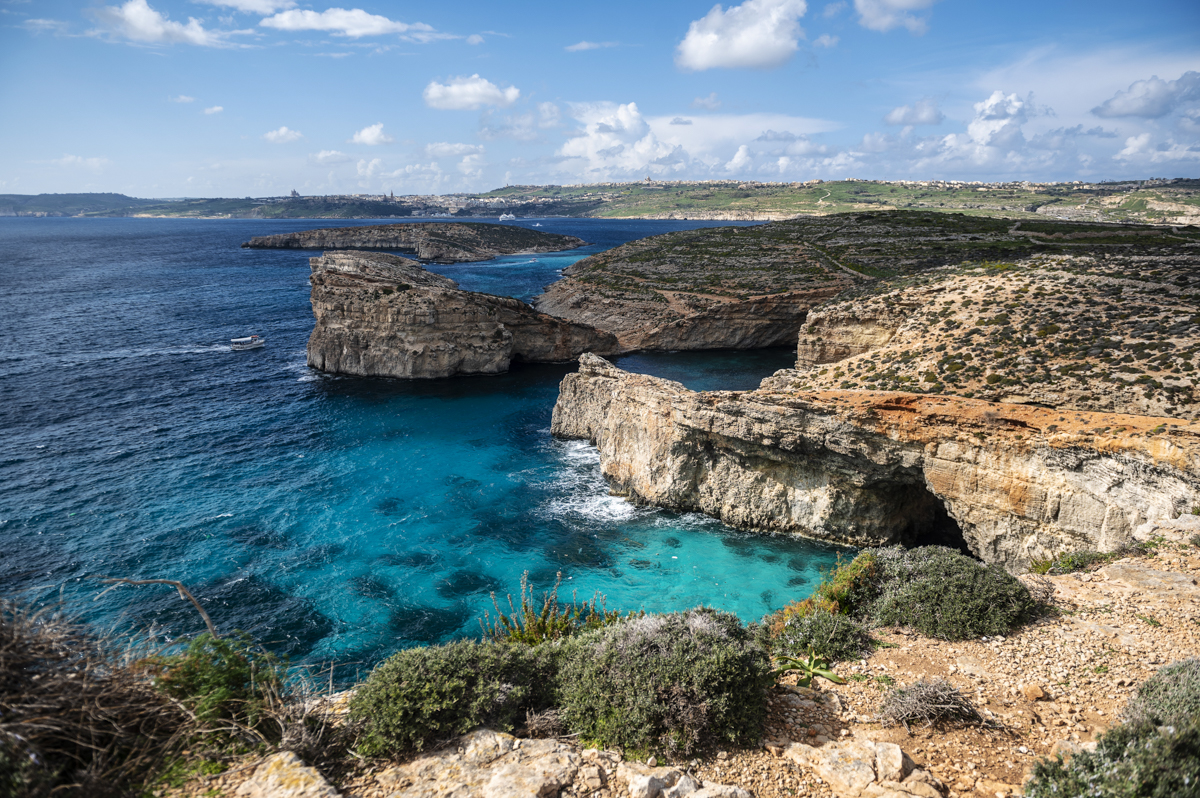

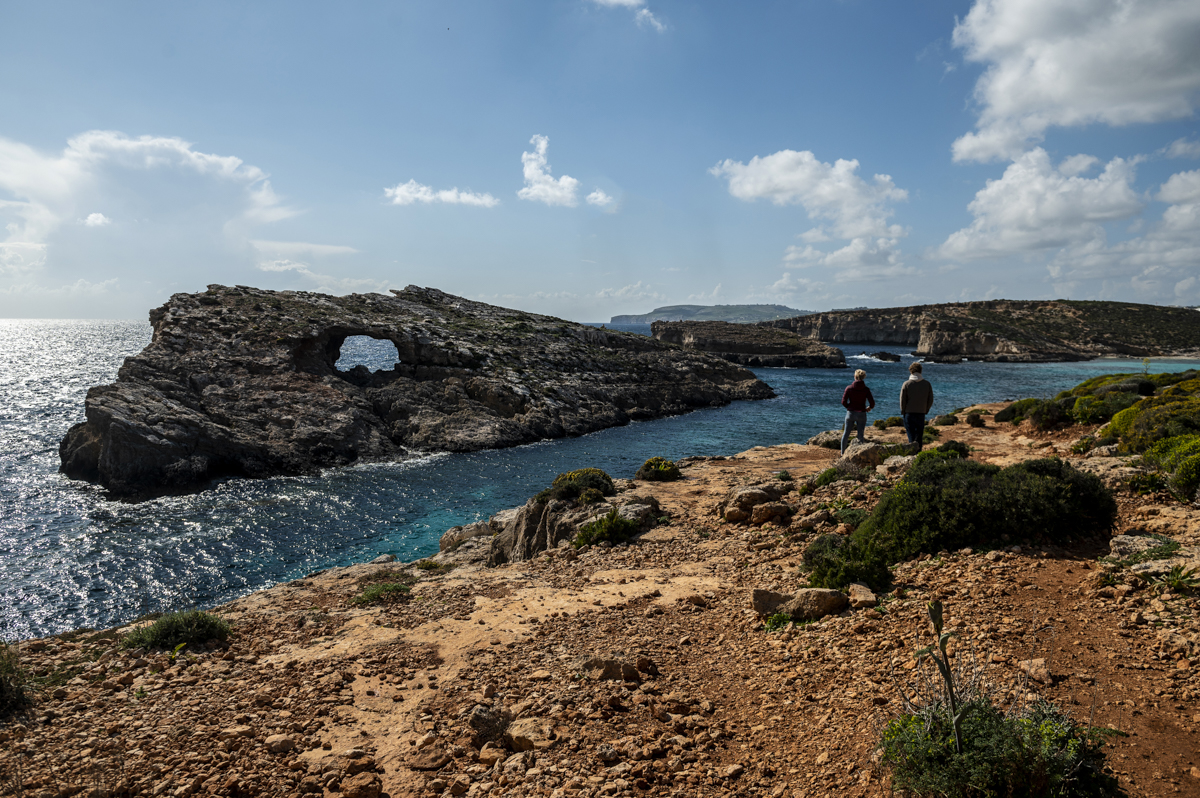
Comino is an even smaller island in between Malta and Gozo, where only two people currently live – one of them quite an interesting character. Comino can only be reached by boat, and its most famous attraction is the Blue Lagoon. This is a bay between the rocks where the water is almost unrealistically blue. Great place, but completely overcrowded, especially in summer. Fortunately, Comino is great for hikes as well, through the interior or over steep sea cliffs. While exploring the island, you’ll come across some old buildings here and there, and most of them have a history. St. Mary’s Tower was a fortress of the Order of Malta, where they gave disobedient knights a timeout (one of several years, depending on the misdemeanor). Nearby is a spooky empty hospital where people infected with cholera were isolated in the early 20th century. A little further on a hill lies a small walled cemetery where those same people were then buried, together with a number of German prisoners of war. Quite some cosy spots to have a horror night in, should you miss the last boat back to Malta.
10. Colonna Mediterranea: the statue that isn’t a penis
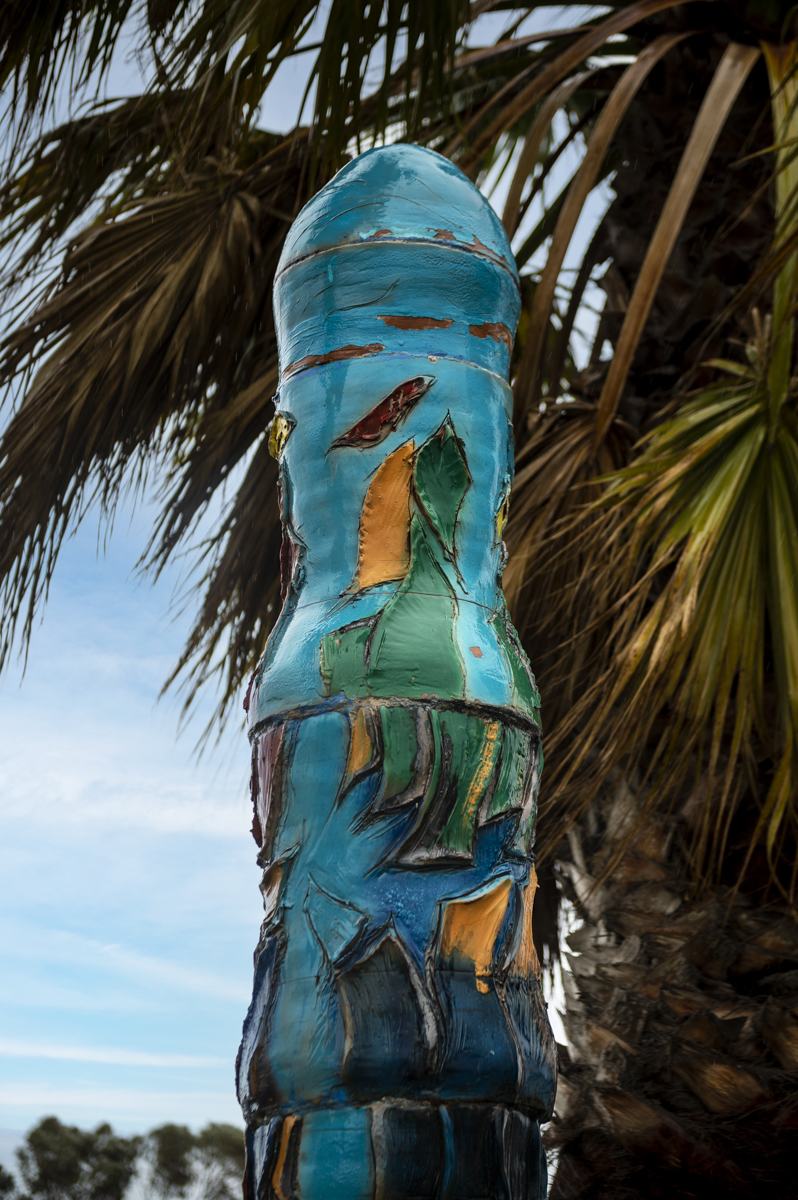
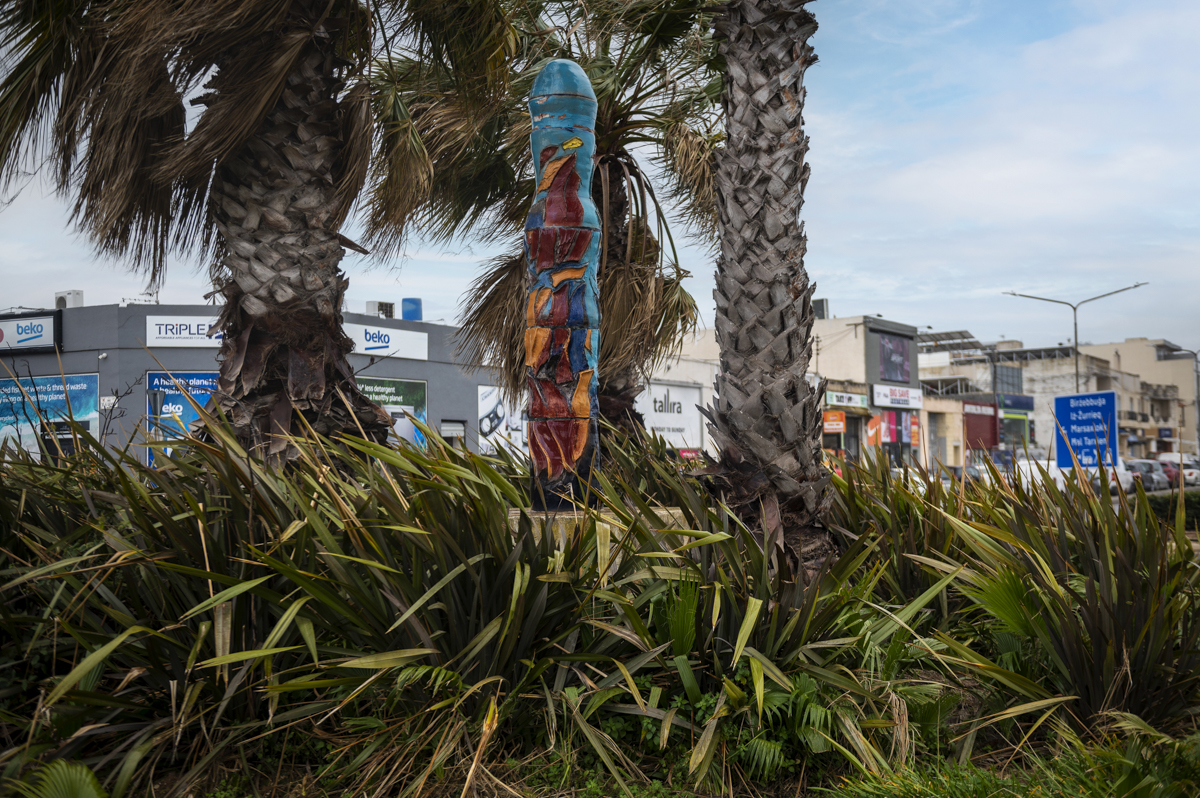
On a roundabout in Luqa, next to a Lidl, stands a beautiful work of art made by Paul Vella Critien. According to the man himself, it’s ‘abstract art uniting the colors of the Mediterranean on the shape of an Egyptian obelisk’, but according to everyone with eyes it’s of course nothing but a big blue boner. Being paid by the government to create something like this is of course grade-A trolling, but the story became even better when the mayor wanted to remove the piece in 2010. The previous pope was coming for a visit, and it would be in bad taste if the holy father had to drive his popemobile past an even bigger dick than himself. Fortunately, after a survey, it turned out the majority of people wanted the statue to stay, and that’s what it did. If you want a picture of Malta’s most famous statue – the pope story even reached the BBC – you’ll have to be a little careful: the roundabout can get quite busy and people drive fast. This and the fact you’ll be out there taking pictures of a two meter schlong like some clown of course.
Hotels in Malta

We (parents, sister, me) stayed at Amery House: a cosy boutique hotel near Exiles Beach in Sliema. The rooms are large, the staff friendly and the breakfast tasty. The location is also perfect both for trips to Valletta and for walks along the promenade towards St. Julian’s. www.ameryhouse.com
Restaurants in Malta

Malta has plenty of places to get a good meal. Here I’ll mention a couple I visited myself and some others that were recommended to me. Under Grain is a Michelin starred restaurant in Valletta in a beautiful setting (www.grain.mt). Caffe Cordina is one of the oldest places in the capital with a great vaulted interior (www.caffecordina.com). Also in Valletta is Rampila: a fine-dining restaurant in an old cellar, which also has a nice terrace (www.rampila.com). Located along Sliema Bay, The Chophouse overlooks Valletta and offers delicious steaks (www.chophouse.com.mt). Hammett’s Gastro Bar is also located in Sliema and offers Asian dishes to share. (www.hammettsgastrobar.com). Don Royale is a nice Italian restaurant in St. Julian’s (www.donroyalerestaurant.com). Briju is a small restaurant in Gzira focused on sustainability (www.facebook.com/BrijuMT/). Don Berto is a great lunch spot with a view of Vittorioso port. (www.donberto.com). Coast at Cassarini is a restaurant with a large terrace near the Blue Grotto (www.coast.com.mt). There, I think this list should keep you busy for a while.
Driving in Malta
Because I wanted to get to some remote places and because the online rates seemed ridiculously cheap, I decided to rent a car in Malta for a few days. Bad idea, for a number of reasons. 1. The insurance you take out through the website covers almost nothing, so they try and sell you another one on the spot and your actual costs are much higher. 2. You pay for a tank of gas you’ll never empty. 3. People drive on the left on busy roads and the Maltese are not the most gallant drivers. 4. Many streets in the cities are extremely narrow and annoying to navigate. 5. Those who are in Sliema/Valletta/St. Julian’s better hope the hotel has a parking lot, because finding a spot is an adventure every time – and this was low season.
Much better options: Uber or Bolt. There are loads of drivers, they’re cheaper than your regular taxi and they’re almost always there within five minutes.
There, that should be it for Malta. Which spots did I miss? What would you like to add to my list? Did you sculpt a penis statue of your own? Let me know in the comments below.
Fancy another Mediterranean trip? Then read all about Crete. Prefer to go somewhere else? Read my pieces about Porto, Amsterdam, Interlaken or Tournai.






















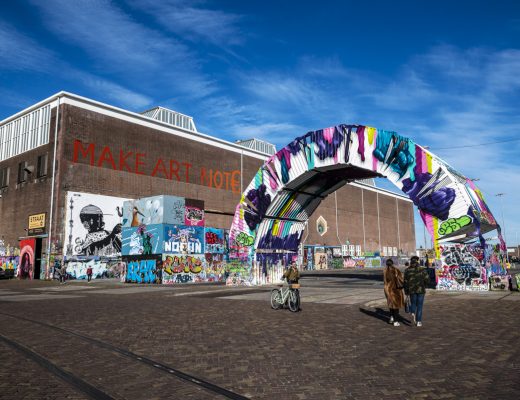

No Comments